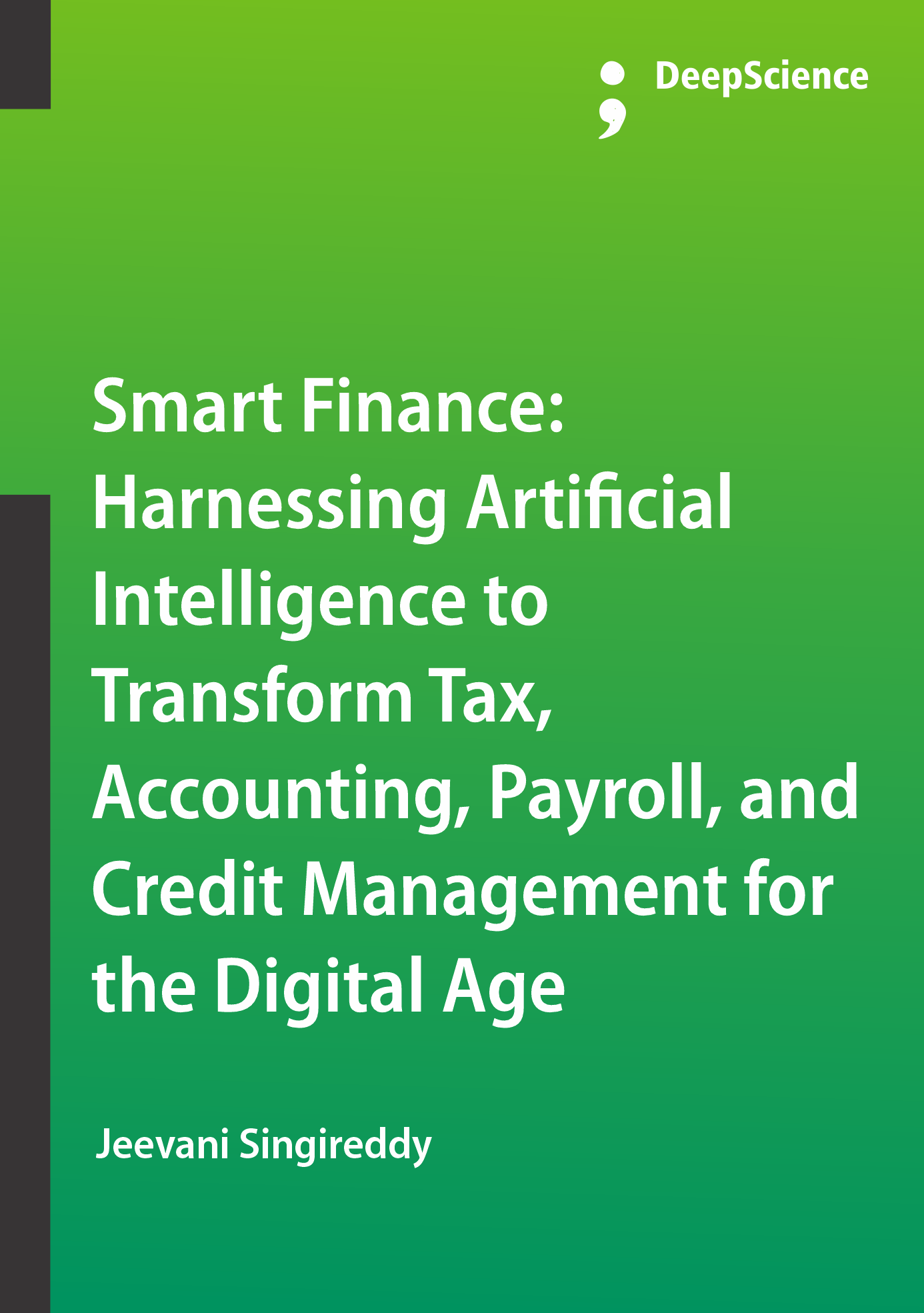The human-artificial intelligence partnership: Enhancing financial professionals’ capabilities through artificial intelligence collaboration
Synopsis
Recent advancements in artificial intelligence (AI) are dramatically transforming the way humans approach and solve problems. On the one hand, AI has the potential to be an advisor that augments human capabilities. On the other, AI also has the potential to enter an ever-increasing number of domains and compete with human expertise. Lawyers, doctors, writers, journalists, and even salesmen or artists have begun to feel the effect of AI competition like never before. AI is a technology that simulates human intelligence-based machines to perceive and interpret the environment so that they can learn, reason, and self-correct. It is aggressively reshaping every facet of society’s functioning and humanity as a whole. It is having an increasingly pervasive effect on human life and the fate of individuals while at the same time being omnipresent in the chronicles of life. This might be one of the strongest doubts facing humanity now.
It is further claimed that AI can comprehend, think, learn, create, and understand language as well as humans. Accordingly, humans are no longer/are fast becoming the best-performing information-intelligent beings on the planet. Their rapid evolution and integration into every quotidian aspect of human life harbor perils to civilization that warrant serious concern. While AI systems are improved and further empowered to take-on more mature human roles, including manual and discernment tasks, the number of clarion calls for the need for regulation, precautions, and limits to AI has surged. From academics and practitioners, business and technology, as well as government and civil rights movements, voices have been raised and formal steps are being taken to better understand, regulate, and constrain the ethical approaches of current and future AI. The introduction of the “AI Bill of Rights” in the US, and calls for a 6-month AI development slowdown, echo growing scrutiny, reservations, and demands for formulating remedial measures.
A partner's operation should resemble a helicopter view, overpassing details, and concentrating on performance enhancement. Outputs should include results of products, milestones of assistance, and behavioral changes. Like a power advisory, the operation of a partner should be based on the principle of human autonomy. Verifying a partner’s capabilities is a central and long-term rigorous task for financial executives and institutions against limits of use cases and capabilities.













